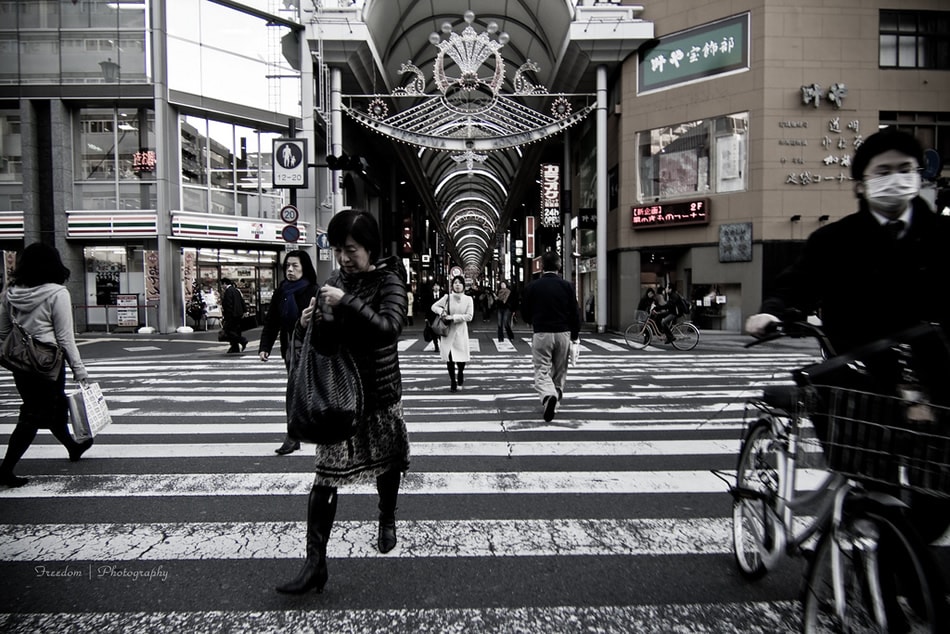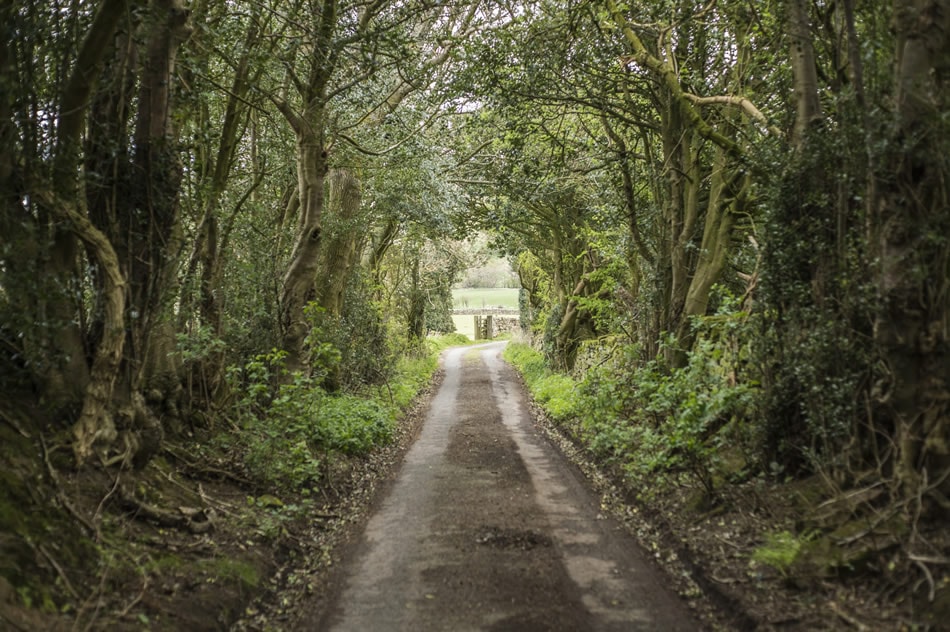Getting Started With Documentary Photography (+ photographers to follow)
One of the most popular forms of photography is documentary photography. While some people often confuse it with street photography and photojournalism, it has characteristics that clearly set it apart from the two.
Documentary photography focuses on capturing a story or issue currently in the news and requiring urgent action. It is a series of photographs intended to attract the public’s attention. It is different from street photography, which uses interesting daily activities as the core subject; and photojournalism, which concentrates on photographing stories related to breaking news. The most important characteristic of documentary photography, however, is the fact that the issues or events you photograph happen naturally.
One of the very first to document relevant events was Philip Delamotte, a British photographer who was commissioned to photograph the dismantling of the Crystal Palace in London. Today, there are documentary photographers all over the world, each one with a distinct style and purpose.
Learning More About Documentary Photography
A documentary photographer’s work is not easy. Sometimes, the job will require one to travel to remote places; other times, the photographer will have to contend with uncontrollable forces like weather and lighting challenges. But, all these are part of a day’s work. Aside from surpassing these tests, a documentary photographer is tasked to translate and visualize issues that are happening as is, and in a way that will make the story interesting and appealing to different viewers.

Photo by Björn Bechstein
If you think you can do all these, you’re ready to dive into documentary photography. To help you start out, here are five tips that you can follow:
-
Choose your subject well
When photographers are handed with assignments, the first thing they usually do is learn everything that they can about their subject or issue. So, this is what you need to do, too. Although there will be times when you won’t be able to choose the subject to document, most photographers are given the freedom to pick out which ongoing issue they want to focus on.
Once you know your subject, find time to sit down and research about it. It is important that you have a good understanding of the issue because this will greatly help in how you present the situation through your camera. Moreover, with good research, you’ll have a basic idea of what to expect during the shoot.
-
Choose what style to use to carry out your message
With your background about the subject, it will now be a little easier for you to decide how you want to shoot. You can now decided whether to use natural lighting or flash, or if you should take close-ups aside from long and wide shots. How do you want the scene to come out: dramatic or intriguing? In addition, you will now be able to come up with a general theme for the shoot.
This is also the perfect time to decide how you want your documentary to run. In short, plan out your shots and decide which scene or aspect to shoot first. Basically, you need to make a storyline for your documentary photo project.
-
Don’t forget to prepare your gear
Of course, aside from knowing how you want to carry out the shoot, you also have to prepare all your photography gear. Since you already have a storyline and a plan of action, deciding what kind of lens to bring, figuring out whether to use additional flash or not, and determining if you will need a tripod will be easier for you.
Part of your preparations should be asking permission from the authorities or whoever is in charge of the venue or location where you will shoot. This has to be done at least several days before the shoot. Also, be prepared to ask permission from the people who will be in your location. It is important, as always, to get approval before you shoot something or someone. This is a good way of showing your subject(s) – and the people you work with – that you respect them.
-
Learn to wait & be patient
When you get to your location, be prepared to wait. Remember that documentary photography is all about events or issues happening right before your eyes. You cannot predict or choreograph them. You have to have patience and wait for the developments to unfold before your eyes. It will also help if you get to your location at the right time, which is one of the things you’ll discover when you research.
So, if your task is to photograph the traffic situation in its worst state, you have to wait until rush hour to get the best shots.
The only hindrance to this is if you are given a limited time to complete your project. If this is the case, the best thing to do is to look for alternative ways to achieve your task. Or, you can put your attention on something else; something related to the subject, of course. For example, for the traffic situation task, you can look for a long line of commuters waiting for a ride.
-
Finally, don’t forget to experiment with your shots
No, you won’t be wasting time if you do this. What you will simply do is deliver your message in different perspectives. It’s similar to looking for various angles to shoot from. In other words, do not rely on just one shot. Documentary photography, after all, is about visualizing important happenings through a series of shots.
Likewise, pay attention to details. One of the secrets to effective documentary photography is the ability to present a detailed story. So, pay attention to even the smallest detail of your subject and location. The more detailed your shots are, the more effective they will be.

Photo by Freedom II Andres
Popular Documentary Photographers & Their Style
Documentary photography may not be as popular as other forms of photography, but it has managed to put some photographers in the limelight. Here are some popular documentary photo storytellers that you might like to get inspiration from:
- Mathew Brady – Is a 19th century American Civil War documentary photographer. His photos showed the realities of war. He realistically presented images of young men with wounds and on the brink of death. His photos successfully influenced the public to express their sentiments against the said war.
- Lauren Greenfield – Greenfield is a documentary photographer who focuses on issues related to the “thin culture”. Most of her photos show images of young girls and women who intend to achieve the so-called ideal figure. Her work is strong and powerful, and centers on the physical.
- Robert Capa – Another great war photographer, Capa took a lot of action photos that show the impact of war. His most famous photos were taken during the D-Day Landings in Omaha Beach in 1944. All 11 photos showed soldiers in action.
- Benjamin Lowy – An award winning photographer, Lowy is known for covering the 2003 war in Iraq. Lowy’s work is defined as conflict photography, which is evident in his photos. He uses Hipstamatic and ProCamera.

Photo by YorkshirePhotoWalks
These are just some of the most popular documentary photographers that many look up to. This list is just the tip of the iceberg as there are still a lot of them out there.
Conclusion
The most important thing to remember when doing documentary photography is that you are telling a story that can affect anyone emotionally. So, basically, it is like turning an important issue into a visual masterpiece that will earn empathy from viewers.
